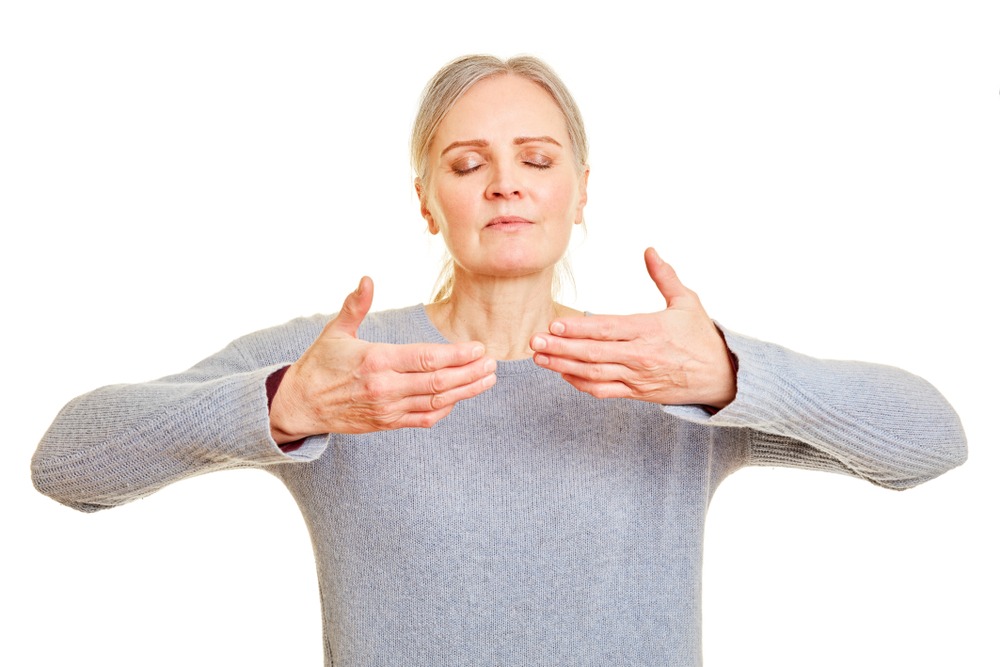Self Care : Its 5 Types And Importance
Self-Care: A Pillar of Health In today’s fast-paced world, where demands constantly pull us in various directions, the concept of self-care emerges as a beacon of sanity and resilience. Self-care is more than just a trendy buzzword; it’s a fundamental practice for nurturing our physical, emotional, and mental well-being. In this blog, we’ll delve into what self-care entails and why it’s crucial for maintaining overall health. What is Self-Care?It encompasses a spectrum of activities and habits that prioritize one’s own well-being. It involves consciously taking steps to address one’s physical, emotional, and mental needs. While self-care can include indulgent treats like spa days or bubble baths, it also involves more mundane yet essential tasks like getting enough sleep, eating nourishing foods, and setting boundaries in relationships. Exploring the Spectrum of Self-Care: Understanding Different Types 1. Physical : Physical self-care focuses on nurturing the body and maintaining optimal physical health. This includes activities such as: Regular exercise: Engaging in physical activities that promote strength, flexibility, and cardiovascular health. Balanced nutrition: Fueling the body with nourishing foods that provide essential nutrients and energy. Adequate rest: Prioritizing quality sleep to recharge and rejuvenate the body for optimal functioning. 2. Emotional : Emotional self-care involves tending to one’s emotional well-being and cultivating resilience in the face of life’s challenges. Practices may include: Expressive writing: Journaling to process emotions, gain clarity, and promote self-reflection. Seeking support: Reaching out to trusted friends, family members, or therapists for emotional support and validation. Setting boundaries: Establishing healthy boundaries in relationships to protect emotional well-being and foster self-respect. Mental : Mental self-care revolves around maintaining cognitive health and fostering mental clarity. Strategies may include: Mindfulness meditation: Practicing mindfulness to cultivate present-moment awareness and reduce stress. Lifelong learning: Engaging in intellectual pursuits, such as reading, learning new skills, or pursuing hobbies. Stress management: Implementing techniques like deep breathing exercises, visualization, or progressive muscle relaxation to alleviate stress and promote mental resilience. 4. Spiritual : Spiritual self-care centers around nurturing a sense of purpose, connection, and inner peace. Practices may involve: Meditation and prayer: Cultivating a daily practice of meditation, prayer, or contemplation to deepen spiritual connection and inner tranquility. Spending time in nature: Immersing oneself in the beauty of the natural world to foster a sense of awe, gratitude, and interconnectedness. Engaging in acts of kindness: Practicing compassion and altruism by helping others or volunteering in the community, which can nourish the spirit and cultivate a sense of fulfillment. 5. Social : Social self-care emphasizes nurturing healthy relationships and fostering a sense of belonging. Strategies may include: Quality time with loved ones: Prioritizing meaningful interactions with friends, family, or pets to cultivate social support and emotional connection. Setting boundaries: Establishing boundaries in relationships to protect personal well-being and honor individual needs and preferences. Joining supportive communities: Participating in groups or organizations that share common interests or values, providing opportunities for connection, belonging, and mutual support. Self-Care is a multifaceted practice that encompasses a diverse range of activities tailored to individual needs and preferences. By incorporating various types of self-care into our daily routines, we can nurture our body, mind, and soul, fostering holistic well-being and resilience in the face of life’s challenges. Remember, self-care isn’t selfish; it’s a necessary foundation for living a balanced, fulfilling life. Why is Self-Care Important for Your Health? Stress Reduction: Chronic stress wreaks havoc on our bodies and minds, leading to various health issues. Engaging in self-care activities such as meditation, yoga, or spending time in nature helps to lower stress hormones and promote relaxation. Enhanced Mental Health: Prioritizing self-nurturing can significantly impact mental health by reducing symptoms of anxiety and depression. Taking time for activities that bring joy and fulfillment, such as hobbies or creative pursuits, boosts mood and self-esteem. Improved Physical Health: Neglecting self-nurturing can lead to physical ailments like fatigue, weakened immune function, and chronic illnesses. Simple habits like regular exercise, nutritious eating, and adequate sleep bolster physical health and vitality. Increased Resilience: Engaging in self-care fosters resilience, enabling individuals to better cope with life’s challenges and setbacks. Building a strong foundation of self-care equips us with the tools to navigate adversity with grace and strength. Better Relationships: By prioritizing our own well-being, we become better equipped to nurture healthy relationships with others. Setting boundaries, communicating effectively, and practicing self-compassion are essential aspects of self-care that contribute to fulfilling connections with loved ones. Enhanced Productivity and Creativity: Contrary to the belief that self-care is indulgent and unproductive, it actually fuels creativity and productivity. Taking breaks, engaging in leisure activities, and maintaining a healthy work-life balance rejuvenate the mind and foster fresh perspectives. Promotion of Self-Awareness: Engaging in self-care encourages introspection and self-reflection, fostering greater self-awareness. By tuning into our own needs and desires, we can make informed choices that align with our values and goals. Maintaining Your Self-Care Routine: A Lifelong Journey of Well-Being Navigating the complexities of life’s various stages can often feel like a balancing act, with competing demands vying for our attention and energy. Amidst the hustle and bustle, maintaining a consistent self-care routine becomes crucial for nurturing our physical, emotional, and mental well-being. In this blog, we’ll explore strategies for integrating self-nurturing into every stage of life, ensuring that it remains a steadfast companion on our journey toward holistic health and happiness. 1. Childhood:In childhood, self-nurturing revolves around cultivating a sense of wonder, joy, and curiosity. Encourage outdoor play, creative expression through art or music, and plenty of rest and relaxation. Foster a nurturing environment that prioritizes emotional expression and validation, laying the foundation for healthy self-esteem and resilience. 2. Adolescence:As adolescents navigate the tumultuous waters of puberty and identity formation, self-nurturing takes on a more intentional form. Encourage open communication and provide opportunities for self-discovery through hobbies, sports, or extracurricular activities. Teach healthy coping mechanisms for managing stress, such as mindfulness meditation, journaling, or talking to a trusted adult. 3. Young Adulthood:In young adulthood, amidst the
Self Care : Its 5 Types And Importance Read More »









